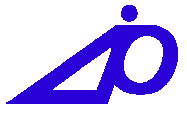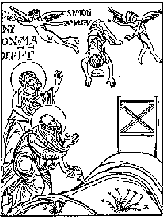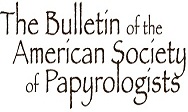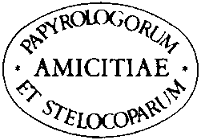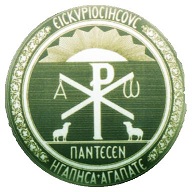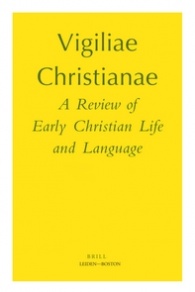The ERC project DEChriM, ‘Deconstructing Early Christian Metanarratives’, directed by Professor Victor Ghica, has recently launched their project website, complete with two fully functioning GIS databases: 4CARE and SKOS.

4CARE – ‘4th Century Archaeological Record of Egypt’ – is a repository of all material traces of early Egyptian Christianity dated (or datable) to the fourth century CE. This includes built remnants, i.e., churches and monasteries, as well as movable and immovable artefacts, including textual material, such as papyri, ostraca, and graffiti, as well as non-textual material, comprising ceramic, textiles, jewelry etc. Every one of these material elements is associated with the geographic location of their find spot (or purported find spot). Each object and site is accompanied by comprehensive descriptions – of the thing itself for objects, and of site features and excavation history for geographic locations –, dating criteria, complete bibliographies, associated links (such as other relevant databases or project websites), as well as photographs and, for the sites, photogrammetric models and maps. The database is the product of the ongoing work of the members of DEChriM, and will thus continue to be updated throughout the remaining three years of the project.
The second database, SKOS, is a project of the Institut français d’archéologie orientale (IFAO), comprising the results of the largest scale archaeological survey ever conducted in Egypt, covering an area of c. 5500km2. Unlike 4CARE, SKOS is not exclusively related to fourth-century Christianity, nor exclusively to Christianity, but rather it spans the entirety of human history in the southern area of the Kharga Oasis. Despite the time, effort and dedication required for such a survey, the results were never published due to the untimely death of Michel Wuttmann (1955-2013), the director and driving force behind the project. Given the magnitude of the survey, it was a shame for such a work to have been forgotten. Accordingly, DEChriM adopted SKOS, providing a platform and financing for the finalisation of the project, with the survey still not yet complete. In addition to the database, the publication of the survey will include two printed volumes.
These two databases are intended to become indispensable reference points for scholars studying not only early Christian material culture, though that is indeed the priority of DEChriM, but also the material culture of Egypt more broadly, with the developmental history of the Kharga Oasis encapsulated, at least in part, by SKOS.







